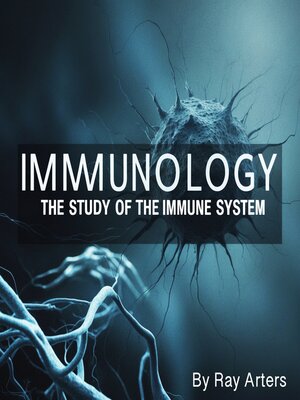
Sign up to save your library
With an OverDrive account, you can save your favorite libraries for at-a-glance information about availability. Find out more about OverDrive accounts.
Find this title in Libby, the library reading app by OverDrive.



Search for a digital library with this title
Title found at these libraries:
| Library Name | Distance |
|---|---|
| Loading... |
This audiobook is narrated by a digital voice.
The immune system represents one of biology's most sophisticated networks, a complex array of cells, tissues, and molecular mechanisms that work together to protect the body from an endless variety of threats while maintaining tolerance to beneficial microorganisms and self-tissues. This remarkable system must distinguish between self and non-self with extraordinary precision, mounting vigorous responses against dangerous pathogens while avoiding harmful attacks on the body's own tissues and beneficial microbes that comprise the normal microbiota.
The immune system's organization reflects millions of years of evolutionary refinement in response to pathogenic challenges, creating a multi-layered defense network that operates at multiple scales from individual cells to coordinated systemic responses. This system exhibits remarkable properties including specificity, memory, diversity, and self-tolerance that enable it to recognize and respond to an virtually unlimited array of potential threats while learning from each encounter to mount more effective responses upon re-exposure.
Physical and chemical barriers form the immune system's first line of defense, preventing most potential pathogens from establishing infections before they can activate cellular immune responses. The skin provides a formidable physical barrier reinforced by antimicrobial secretions and a resident microbiota that competes with potential pathogens for resources and attachment sites. Mucous membranes lining the respiratory, digestive, and urogenital tracts secrete antimicrobial substances including lactoferrin, lysozyme, and secretory antibodies while employing physical mechanisms such as ciliary action and mucus production to remove potential threats.







